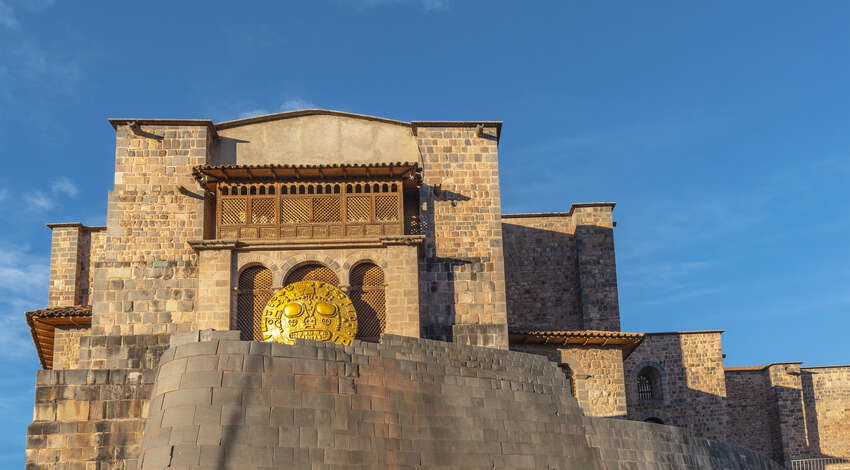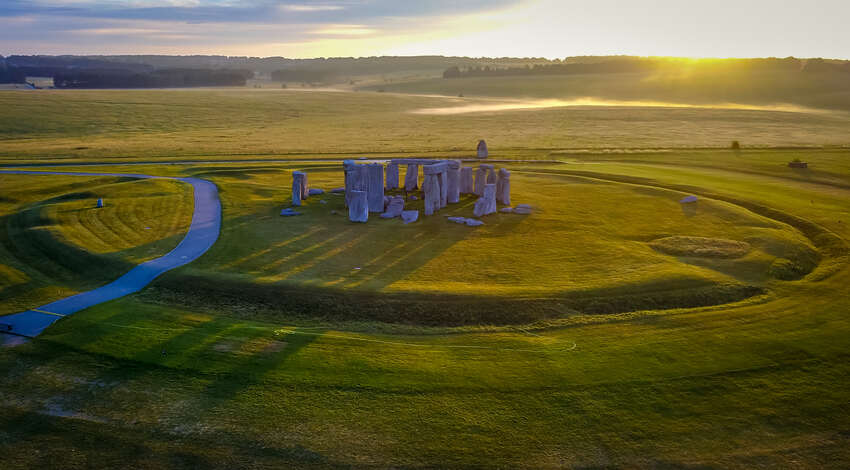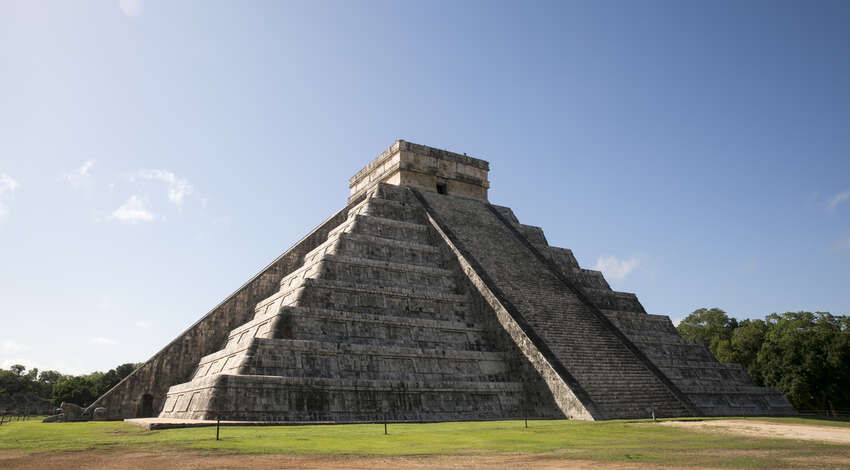Winter Solstice Journeys: Five Destinations Illuminating Darkness
The winter solstice represents a moment of profound significance across cultures — the shortest day, the longest night and the promise of light’s return. For millennia, human societies have developed rich traditions to mark the significance of this astronomical turning point, transforming a celestial event into a celebration of hope and renewal.
Let’s explore how five remarkable destinations reflect humanity's enduring connection to the solstice.

Temple of the Sun, Peru
1. Newgrange, Ireland: Prehistoric Light Ritual
Nestled in Ireland’s Boyne Valley, the 5,200-year-old Newgrange monument offers an extraordinary winter solstice experience. Once considered a “passage tomb,” it is now recognized as an ancient temple of celestial precision. On the morning of the solstice, a narrow beam of sunlight penetrates an opening above the entrance, illuminating the inner chamber for exactly 17 minutes. This extraordinary feat of astronomical engineering challenges modern assumptions about ancient technology and highlights a sophisticated understanding of solar cycles.
2. Cusco, Peru: Inti Raymi & the Festival of the Sun
In the Southern Hemisphere, the Inca Empire celebrated its winter solstice — occurring in June — with Inti Raymi, the Festival of the Sun. At iconic sites like Machu Picchu, precisely aligned stone structures reflect the Incas' extraordinary astronomical knowledge. For the Incas, the solstice signified more than celestial observation — it intertwined agricultural cycles, spiritual practices and political organization. Today, vibrant Inti Raymi celebrations at Sacsayhuamán, near Cusco, honor these traditions with music, dance and ceremonial reenactments, drawing visitors from across the globe.

Stonehenge, UK
3. Stonehenge, United Kingdom: Solstice Gatherings
At Stonehenge, the winter solstice offers a glimpse into ancient astronomical wisdom. This prehistoric masterpiece, more than 4,000 years old, aligns perfectly with the sun's lowest point on the horizon. As sunlight threads its way through the monument’s stones, it mirrors a timeless human desire to mark and celebrate nature’s rhythms. Today, modern-day solstice gatherings at Stonehenge continue this legacy, blending ancient observances with contemporary wonder.
4. Toji in Japan: Quiet Seasonal Transformations
In Japan, the winter solstice, or Toji, represents a time of renewal and resilience. Families mark the occasion with simple yet profound rituals — soaking in yuzu-infused baths believed to ward off illness, eating kabocha squash whose bright yellow flesh symbolizes the returning sun and lighting lanterns to bring light into darkness. These traditions reflect an intimate connection to the cycles of nature, transforming the solstice into a personal moment of hope and healing.

El Castillo pyramid, Mexico
5. Chichén Itzá, Mexico: Astronomical Precision
While Chichén Itzá’s El Castillo pyramid is famed for its equinox serpent shadow, the winter solstice reveals the Mayan civilization’s equally stunning celestial expertise. The pyramid’s precise angles and orientation align with solar movements, serving as both a scientific instrument and a spiritual symbol. This architectural marvel embodies the Mayans' profound understanding of the cosmos and its role in their agricultural, cultural and religious lives.
Illuminating Human Resilience
From Ireland’s ancient temples to Japan’s family rituals, winter solstice traditions highlight a universal need — and ability — to find hope and meaning in nature’s cycles. These observances reflect an enduring resilience and a way of looking into the darkness and finding light.
Are you celebrating the solstice this year? What’s your tradition, new or old? Join the conversation on Facebook.
